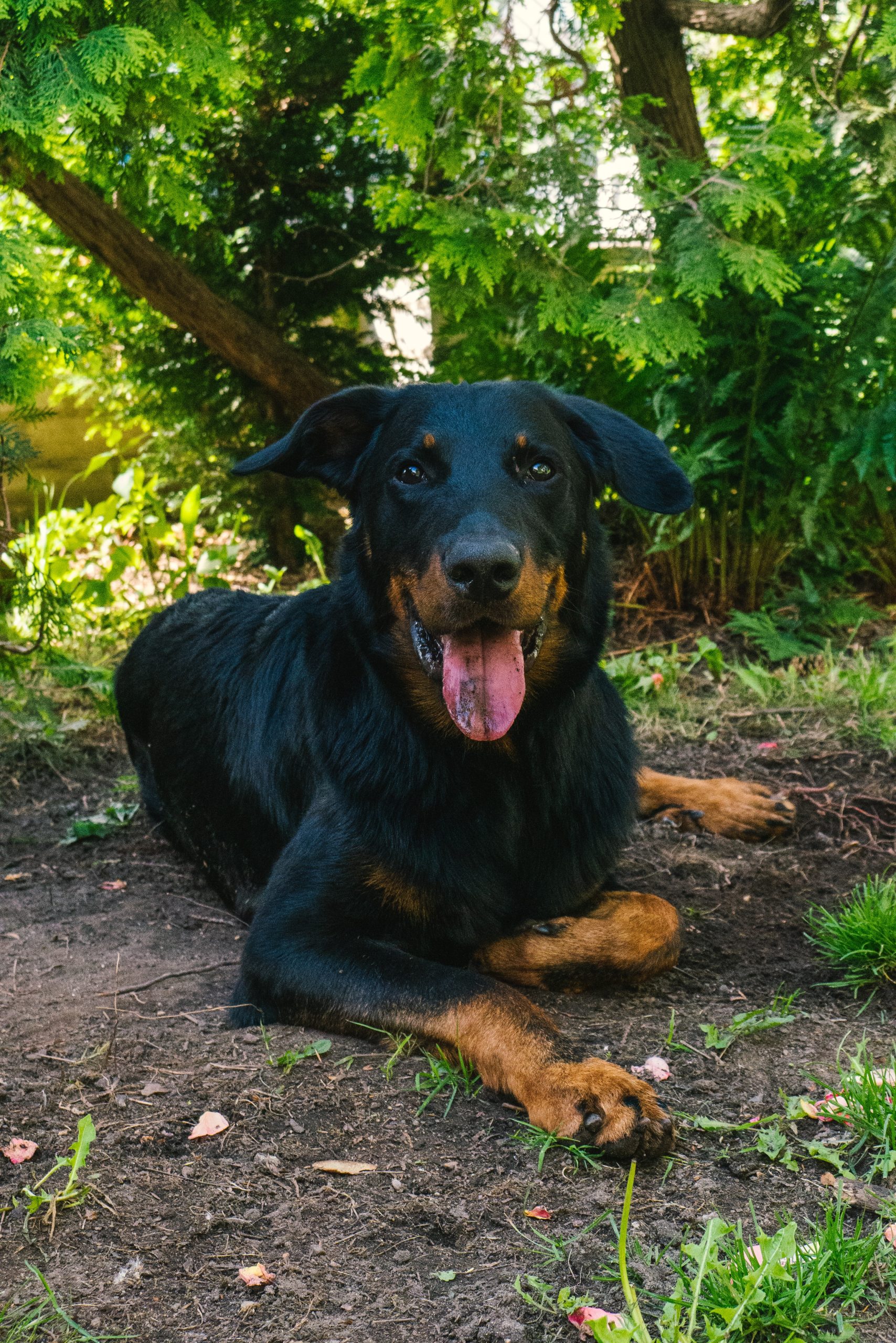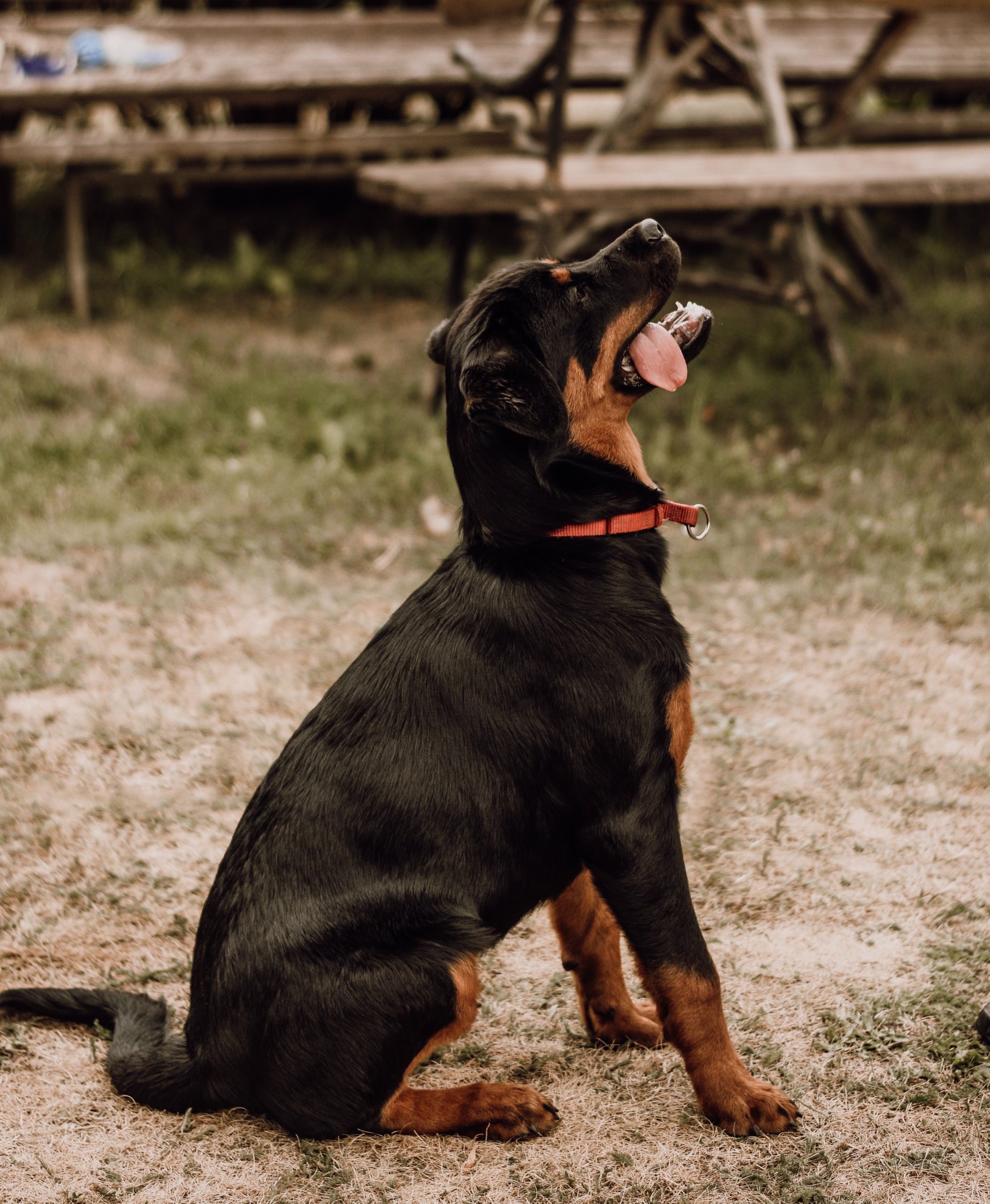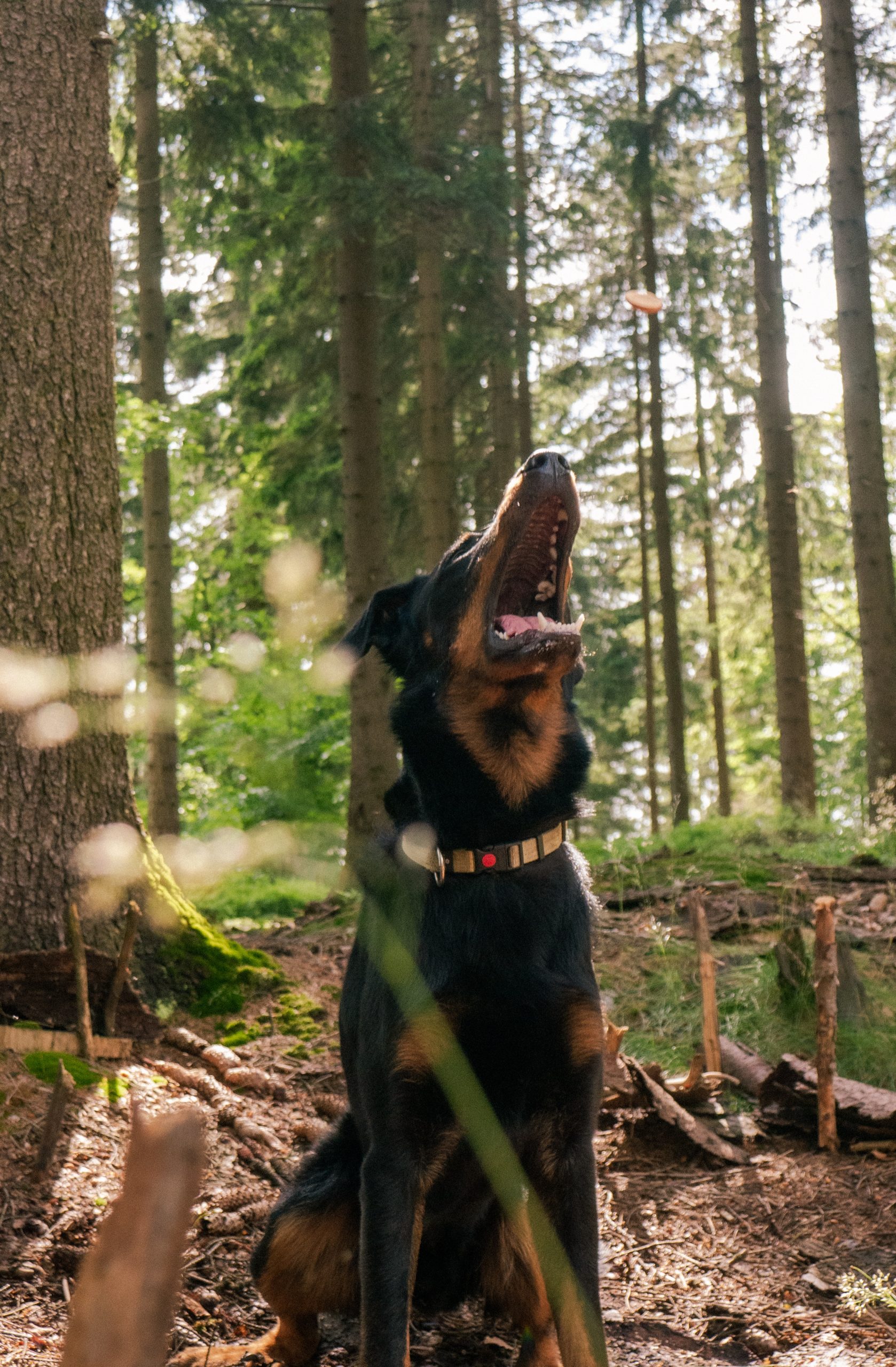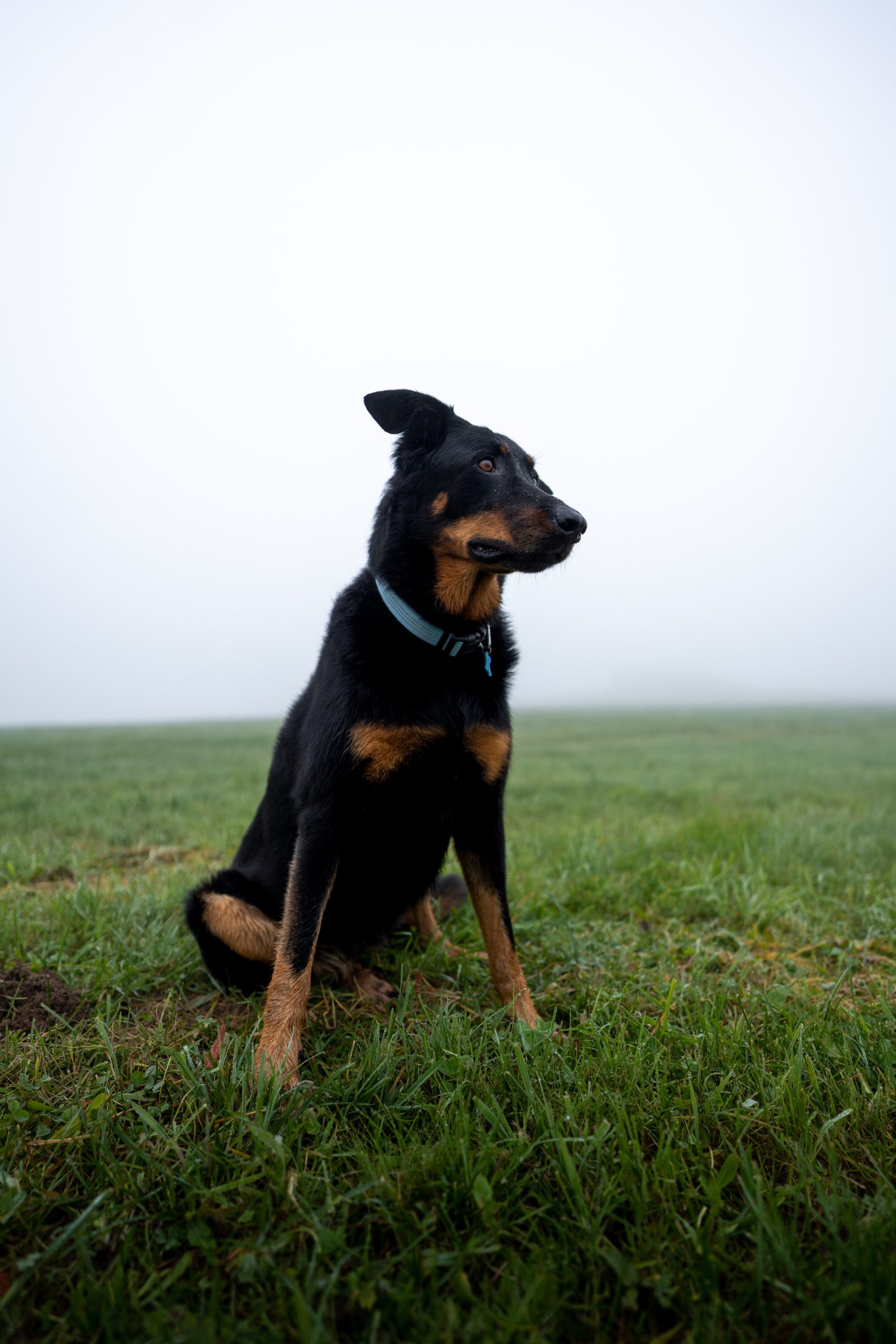Beauceron
Average sizes and life
expectancy of the breed.
Height
25.5-27.5 inches (male)
24-26.5 inches (female)
Weight
70-110 pounds
Life Expectancy
10-12 years
Breed Traits & Characteristics
About the Breed

Owning a dog is not just a privilege; it’s a responsibility. They depend on us for, at minimum, food and shelter, and deserve much more. When you take a dog into your life, you need to understand the commitment that dog ownership entails.
 Health
Health
Recommended Health Tests From the National Breed Club:
- Hip Evaluation
- Thyroid Evaluation
- Cardiac Exam
- Ophthalmologist Evaluation
 Grooming
Grooming
 Exercise
Exercise
 Training
Training
 Nutrition
Nutrition
History
The French shepherd dog known as the Beauceron often referred to as the Berger de Beauce or the Bas Rouge gets its name from a wide agricultural area southwest of Paris.
The Beauceron has served in a variety of capacities since its birth in the late Middle Ages, including a soldier, bodyguard, rescuer, rival, companion, and unrivaled livestock mover. The breed has gained popularity along the road on both sides of the Atlantic thanks to its lovable demeanor and diverse range of working abilities.





